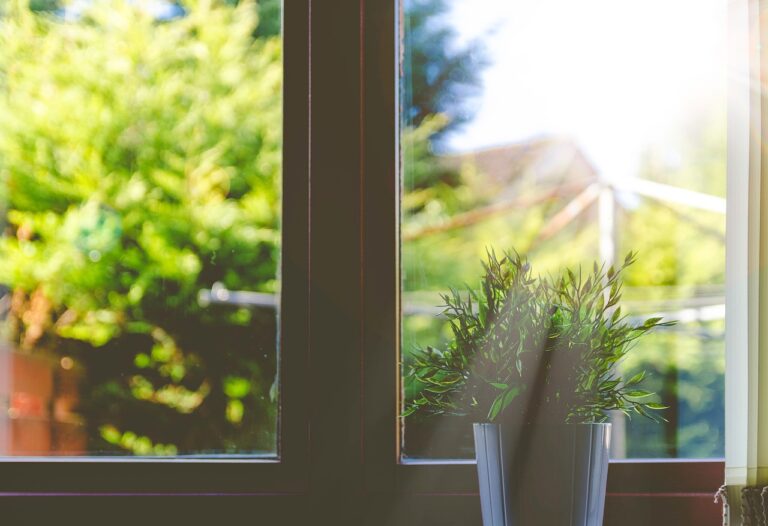The Psychology of Green Spaces: Mental Health Benefits
betbook247, radhe exchange registration, my laser247.com: Green spaces, such as parks, gardens, and forests, have long been known to have a positive impact on mental health. Being surrounded by nature can have a calming effect on our minds and bodies, helping to reduce stress and anxiety levels. But what exactly is it about green spaces that make them so beneficial for our mental well-being?
In this article, we will explore the psychology of green spaces and delve into the mental health benefits they provide. From the reasons behind our innate connection to nature to the science-backed evidence supporting the positive effects of spending time in green environments, we will uncover the transformative power of nature on our mental health.
Our Connection to Nature
Humans have an intrinsic connection to nature that dates back to our evolutionary history. For thousands of years, our ancestors lived in harmony with the natural world, relying on it for sustenance, shelter, and survival. This deep-rooted connection to nature is known as biophilia, a term coined by biologist E.O. Wilson to describe the innate bond between humans and other living organisms.
Biophilia suggests that we have an innate desire to connect with nature, and when we do so, we experience a sense of well-being and contentment. This connection can be traced back to our hunter-gatherer roots when our survival depended on our ability to navigate and thrive in natural environments.
The Science Behind Green Spaces
Numerous studies have shown that spending time in green spaces can have a profound impact on our mental health. One such study conducted by researchers at Stanford University found that participants who took a 90-minute walk in nature showed decreased activity in the area of the brain associated with depression, compared to those who walked in an urban setting.
Another study published in the journal Environmental Health Perspectives found that living in areas with more green spaces was associated with lower levels of stress, anxiety, and depression. The researchers theorized that exposure to nature helps to reduce the body’s stress response, leading to improved mental well-being.
The Mental Health Benefits of Green Spaces
The mental health benefits of green spaces are wide-ranging and encompass both psychological and physiological effects. Here are some of the ways in which spending time in nature can improve our mental well-being:
1. Stress Reduction: Being in green spaces has been shown to lower levels of cortisol, the stress hormone, and promote relaxation and calmness.
2. Improved Mood: Nature has a mood-boosting effect, with studies showing that spending time outdoors can enhance feelings of happiness and well-being.
3. Enhanced Cognitive Function: Exposure to nature has been linked to improved cognitive function, including better focus, attention, and creativity.
4. Anxiety Relief: Green spaces provide a natural sanctuary for those dealing with anxiety, offering a sense of tranquility and escape from everyday worries.
5. Increased Physical Activity: Being in green spaces encourages physical activity, which in turn can improve overall mental health and well-being.
6. Social Connection: Green spaces provide opportunities for social interaction and community bonding, which are essential for mental health.
Tips for Incorporating Green Spaces Into Your Life
To reap the mental health benefits of green spaces, here are some tips for incorporating nature into your daily life:
1. Take a daily walk in the park or garden.
2. Spend time gardening or tending to indoor plants.
3. Go for a hike in the mountains or a stroll along the beach.
4. Have a picnic in a nearby park or nature reserve.
5. Practice mindfulness in nature, such as yoga or meditation.
6. Join a nature-based group or club, such as a hiking or birdwatching club.
By incorporating green spaces into your daily routine, you can experience the transformative power of nature on your mental health and well-being.
FAQs
Q: How much time should I spend in green spaces to see mental health benefits?
A: Even short periods of time spent in nature can have a positive impact on mental health. Aim for at least 20-30 minutes of outdoor time each day to experience the benefits of green spaces.
Q: Can I experience the same benefits from indoor plants or nature sounds?
A: While indoor plants and nature sounds can have a calming effect, they may not provide the same benefits as being in an actual green space. Try to spend time outdoors in natural environments whenever possible.
Q: Are there any specific types of green spaces that are more beneficial for mental health?
A: Research suggests that a variety of green spaces, from parks to forests to gardens, can have a positive impact on mental health. Choose the type of green space that resonates most with you and spend time there regularly.
In conclusion, green spaces have a powerful impact on our mental health, offering stress relief, mood enhancement, and cognitive benefits. By incorporating nature into our daily lives, we can tap into the healing power of green spaces and cultivate a sense of well-being and harmony with the natural world. So, next time you’re feeling stressed or anxious, step outside and immerse yourself in the beauty of nature – your mind will thank you.







